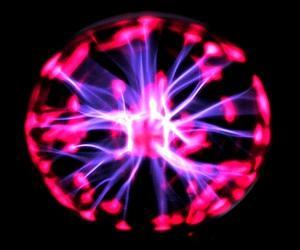WaterInnovative device removes heavy metals from water
Engineers at Brown University have developed a system that cleanly and efficiently removes trace heavy metals from water; in experiments, the researchers showed the system reduced cadmium, copper, and nickel concentrations, returning contaminated water to near or below federally acceptable standards; the technique is scalable and has viable commercial applications, especially in the environmental remediation and metal recovery fields

Concentrating heavy metals allows removal by conventional means // Source: spacemart.com
An unfortunate consequence of many industrial and manufacturing practices, from textile factories to metalworking operations, is the release of heavy metals in waterways. Those metals can remain for decades, even centuries, in low but still dangerous concentrations.
Ridding water of trace metals “is really hard to do,” said Joseph Calo, professor emeritus of engineering who maintains an active laboratory at Brown. He noted the cost, inefficiency, and time needed for such efforts. “It’s like trying to put the genie back in the bottle.”
A Brown University release reports that this may be changing. Calo and other engineers at Brown describe a novel method that collates trace heavy metals in water by increasing their concentration so that a proven metal-removal technique can take over. In a series of experiments, the engineers report the method, called the cyclic electrowinning/precipitation (CEP) system, removes up to 99 percent of copper, cadmium, and nickel, returning the contaminated water to federally accepted standards of cleanliness. The automated CEP system is scalable as well, Calo said, so it has viable commercial potential, especially in the environmental remediation and metal recovery fields. The system’s mechanics and results are described in a paper published in the Chemical Engineering Journal.
The release notes that a proven technique for removing heavy metals from water is through the reduction of heavy metal ions from an electrolyte. While the technique has various names, such as electrowinning, electrolytic removal/recovery or electroextraction, it all works the same way, by using an electrical current to transform positively charged metal ions (cations) into a stable, solid state where they can be easily separated from the water and removed. The main drawback to this technique is that there must be a high-enough concentration of metal cations in the water for it to be effective; if the cation concentration is too low — roughly less than 100 parts per million — the current efficiency becomes too low and the current acts on more than the heavy metal ions.
Another way to remove metals is through simple chemistry. The technique involves using hydroxides and sulfides to precipitate the metal ions from the water, so they form solids. The solids, however, constitute a toxic sludge, and there is no good way to deal with it. Landfills generally won’t take it, and letting it sit in settling ponds is toxic and environmentally unsound. “Nobody wants it, because it’s a huge liability,” Calo said.
The dilemma,
